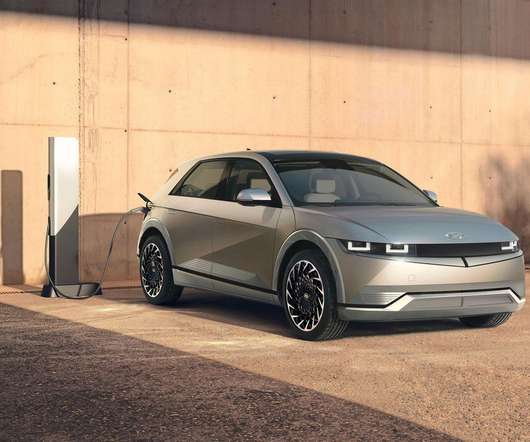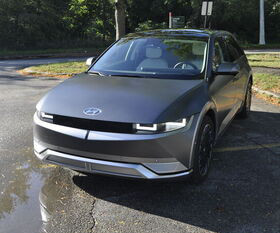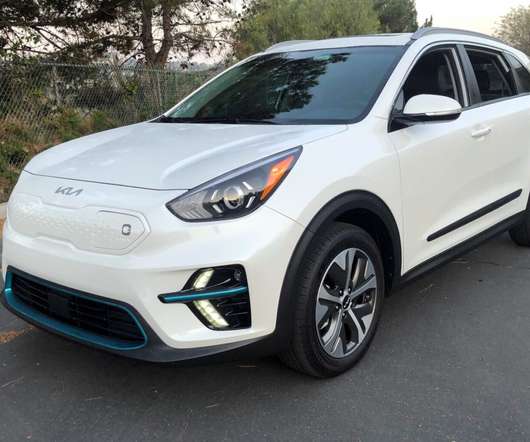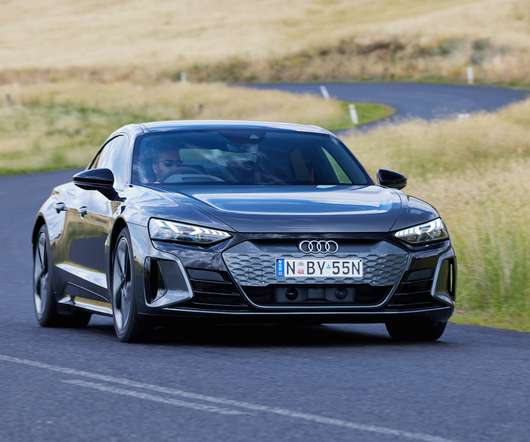800-Volt EV Charging: The ?Other Palliative for Range Anxiety ???
Cars That Think
APRIL 4, 2022
The problem is that lithium-ion cells remain expensive, heavy, and in critically short supply around the world. That lets the Hyundai and Kia slurp electrons at up to a 270-kilowatt rate, when plugged into a 350-kW DC charger. kWh battery, these Hyundai-Kia cousins deliver an EPA-rated 412 km (256 miles).











Let's personalize your content